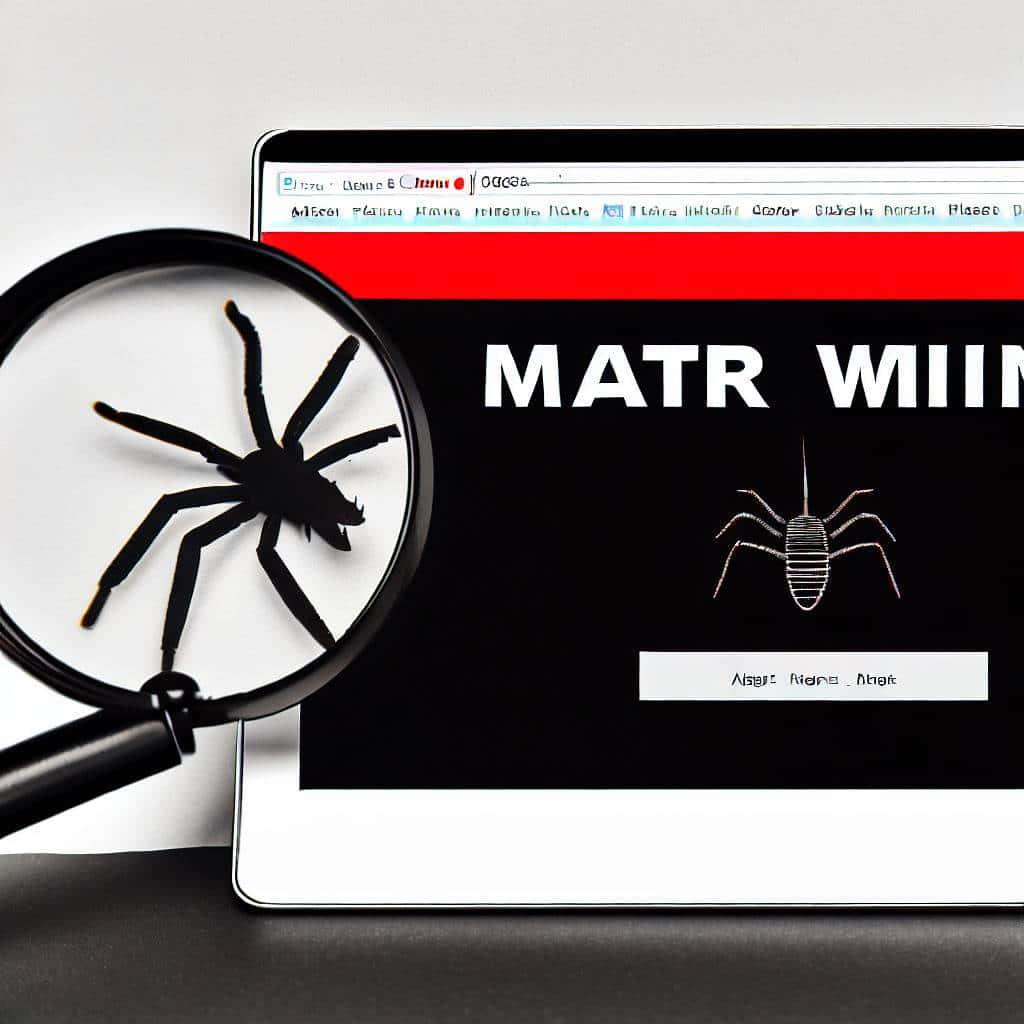Malware Removal
Malware refers to malicious software that is designed to harm or exploit a website, its visitors, or its resources. It can come in various forms, such as viruses, worms, ransomware, spyware, or adware. Malware can cause serious damage to your website, compromise user data, affect website performance, and damage your reputation. Here’s an overview of preventing and dealing with malware on a website:
1. Implement Strong Security Measures:
-
- Keep your website’s software, plugins, and themes up to date to patch any known vulnerabilities.
- Use strong and unique passwords for all your accounts, including your website’s admin panel, FTP, and hosting accounts.
- Install a reputable security plugin or firewall that can help detect and block malicious activities.
2. Regularly Scan for Malware:
-
- Use malware scanning tools or security plugins to scan your website regularly for any signs of malware.
- Set up automated scans to ensure continuous monitoring and prompt detection of any malicious code or files.
3. Secure your Hosting Environment:
-
- Choose a reliable hosting provider that offers robust security measures and performs regular security audits.
- Enable server-level security features, such as web application firewalls (WAFs) and intrusion detection systems (IDS).
4. Exercise Safe Practices:
-
- Be cautious when installing third-party themes or plugins, as they can introduce vulnerabilities. Only use trusted sources.
- Regularly review and remove unnecessary plugins, themes, or files to minimize potential attack vectors.
- Be wary of suspicious emails, links, or file downloads, as they can be sources of malware.
5. Backup your Website:
-
- As mentioned earlier, regular website backups are crucial. They can help you restore your website to a clean state if malware is detected.
- Ensure your backups are stored securely, preferably in an offsite location or on a separate server.
If your website gets infected with malware despite preventive measures, here’s what you can do to remove it:
1. Identify and Isolate:
-
- Use a website security scanner or hire a professional to identify the infected files, code, or database entries.
- Isolate the infected parts of your website by taking them offline or putting them in maintenance mode to prevent further damage.
2. Clean and Restore:
-
- Remove the malware code or files from your website manually or using a malware removal tool.
- Restore your website from a clean backup that was taken before the infection occurred.
3. Strengthen Security:
-
- Update all software, plugins, and themes to their latest versions to eliminate vulnerabilities.
- Change all passwords associated with your website, including admin accounts, FTP, and database.
4. Monitor and Update:
-
- Continuously monitor your website for any signs of reinfection or suspicious activities.
- Stay updated with the latest security practices and follow best practices to prevent future malware incidents.
If you are unsure or lack the technical expertise, it’s recommended to seek professional assistance from New Phase Marketing Intelligence. We can help you thoroughly clean your website and implement stronger security measures to prevent future attacks.

